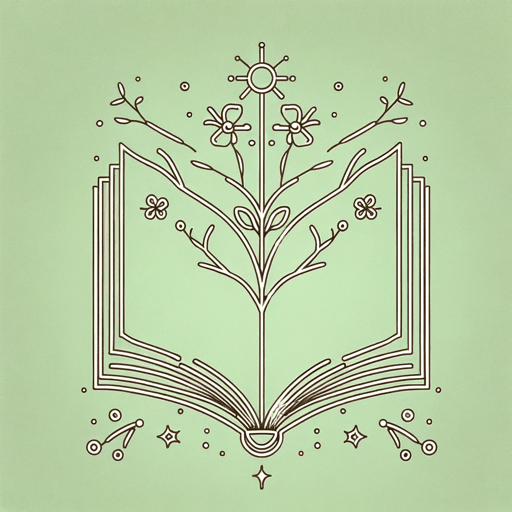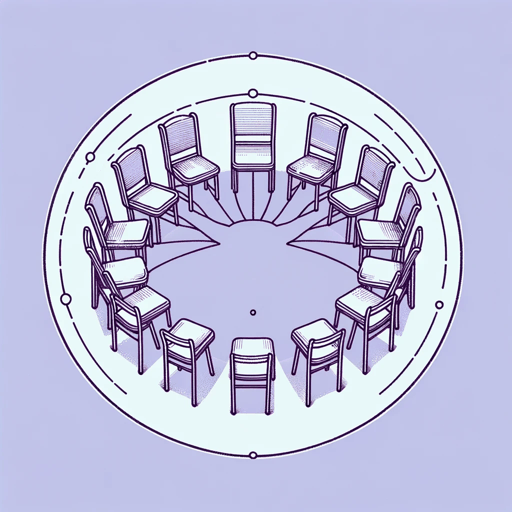47 pages • 1 hour read
bell hooksTeaching Critical Thinking: Practical Wisdom
Nonfiction | Collection of Letters | Adult | Published in 2007A modern alternative to SparkNotes and CliffsNotes, SuperSummary offers high-quality Study Guides with detailed chapter summaries and analysis of major themes, characters, and more.
Teachings 7-12Chapter Summaries & Analyses
Teaching 7 Summary: “Collaboration: (Written with Ron Scapp)”
Collaborating with others plays an essential role in deconstructing the ways class, race, and gender infuse structural systems and modes of thinking. hooks advocates for developing meaningful, collaborative relationships with colleagues. Doing so serves as a model for what should happen in the classroom. hooks and her colleague Ron Scapp use dialogue to challenge and prompt one another to grow as learners. Both Scapp and hooks engage in rigorous self-critique, but they also hold one another accountable. hooks emphasizes that this type of relationship can only take place when trust has been established and is continuously fostered: “Trust is not static, that it must be constantly re-enforced by the actions we are willing to take both to own the importance of our bond and to protect it” (39). hooks feels that her collaboration with Ron has contributed to her personal and professional growth.
Teaching 8 Summary: “Conversation”
Conversation is key to critical thinking. As an educator, hooks quickly learned that her students retain little of what she presents in a lecture. Most of what they retain comes from the rich conversations they have with their peers: “Talking with teachers and students about how and when the most ecstatic moments of learning occur, I hear again and again the primacy of conversation” (44).
Related Titles
By bell hooks

Ain't I A Woman: Black Women and Feminism
bell hooks

All about Love: Love Song to the Nation Book 1
bell hooks

Feminism Is for Everybody: Passionate Politics
bell hooks

Feminist Theory: From Margin to Center
bell hooks

Salvation: Black People And Love
bell hooks

Teaching to Transgress: Education as the Practice of Freedom
bell hooks

The Will to Change: Men, Masculinity, and Love
bell hooks
Featured Collections
Books that Feature the Theme of...
View Collection
Colonialism & Postcolonialism
View Collection
Community
View Collection
Education
View Collection
Equality
View Collection
Essays & Speeches
View Collection
Politics & Government
View Collection
SuperSummary Staff Picks
View Collection

